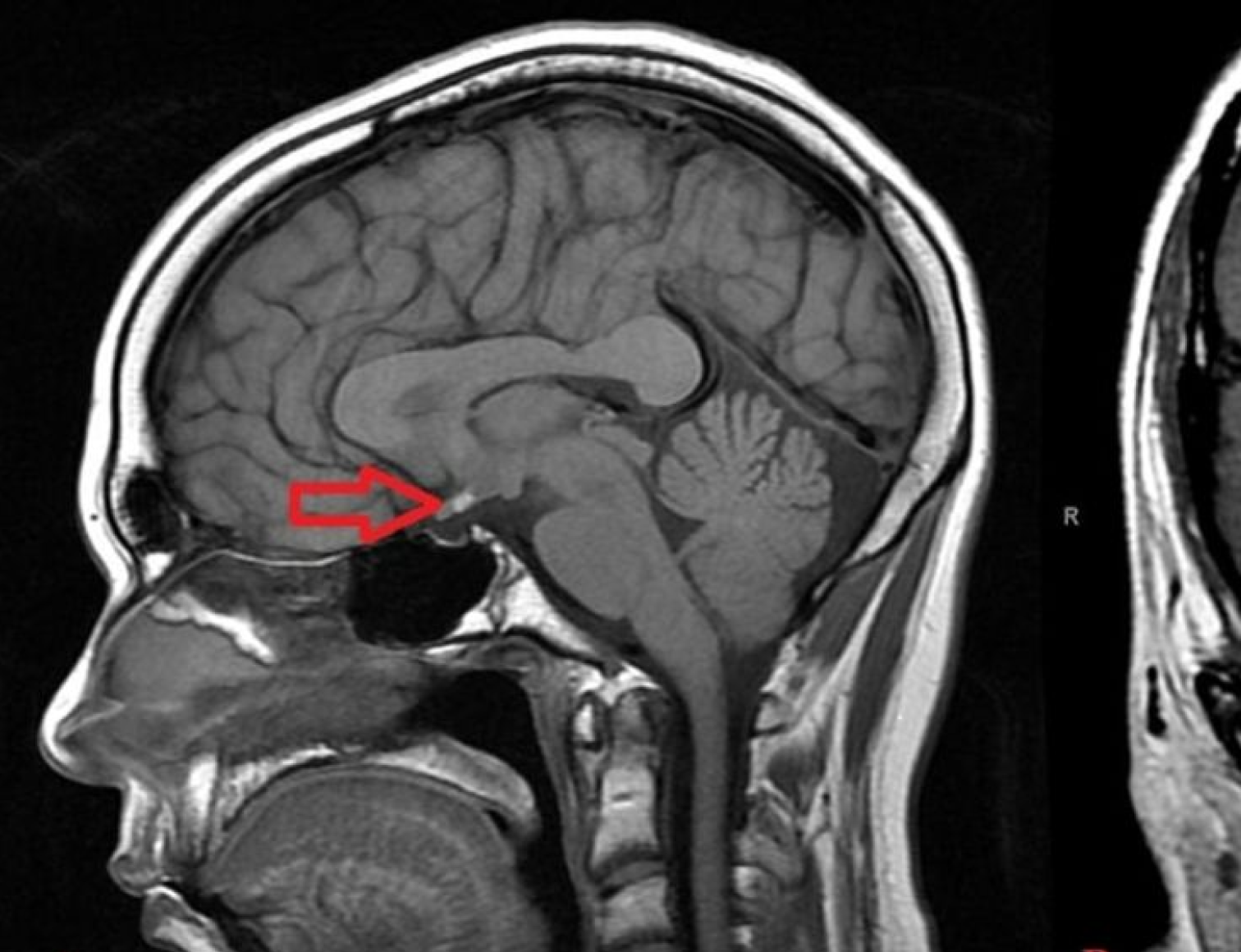About P’AWARE?
P-pituitary &
Aware -Awareness
This is disease awareness initiatives dedicated for Pituitary Disorders Awareness. We aim to improve in the awareness, disease understandings, assist in early detection and provide support and understanding in Acromegaly treatment. The website information aims at:
Public: Patients, caregivers, and general audiences seeking understanding, support, and early recognition.
Healthcare Professionals (HCPs): general practitioners, pharmacists, specialists e.g. endocrinologists, and nurses looking for clinical updates, diagnostic guidance, and treatment advancements.
Together, let’s make rare conditions recognizable.
Learn More
UnderstandingAcromegaly
Acromegaly is a disorder that results from an overproduction of growth hormone, typically caused by a non-cancerous, pea-sized gland situated under the brain called pituitary. This leads to abnormal growth of bones and tissues, often resulting in enlarged hands, feet, and facial features.





HAVE MORE QUESTIONS?
We're here to help
Acromegaly and Cushing’s disease are both endocrine disorders caused by hormonal imbalances, but they result from different underlying issues:
Acromegaly
Cause: Acromegaly is caused by an excess of growth hormone (GH), usually due to a benign tumor (adenoma) in the pituitary gland.
Effects: Excess GH leads to abnormal growth of bones and tissues, particularly in the hands, feet, and face.
Symptoms: Enlarged hands/feet, facial changes (prominent jaw, enlarged nose), joint pain, thickened skin, and potential organ enlargement.
Diagnosis of Acromegaly
Since acromegaly results from excess growth hormone (GH), diagnosis involves:
Blood Tests: Oral Glucose Tolerance Test (OGTT) with GH Measurement → In healthy people, glucose suppresses GH levels, but in acromegaly, GH remains high.
Imaging: MRI of the Pituitary Gland → To detect a pituitary adenoma, the most common cause of acromegaly.
Treatment of Acromegaly
- Surgery (First-line Treatment)
- Medications (If Surgery Fails or is Incomplete)
- Radiation Therapy
Acromegaly
Since acromegaly results from excess growth hormone (GH), diagnosis involves:
Yes, acromegaly can be cured in some cases, especially if:
- The pituitary tumor is small (microadenoma) and completely removed via transsphenoidal surgery.
- Post-surgical IGF-1 and GH levels return to normal.
Challenges in Cure:
- Large or invasive tumors may not be fully removed, requiring medications or radiation to control GH levels.
- Even after successful treatment, some symptoms (e.g., bone growth changes) may be permanent.
If not cured, acromegaly becomes a chronic condition, but it can be managed effectively with medications and radiation.
Lifestyle Changes for Acromegaly
Since acromegaly affects bone growth, metabolism, and heart health, managing symptoms focuses on reducing strain on the body.
✅ Diet & Nutrition
✅ Exercise & Mobility
✅ Sleep & Stress Management
✅ Regular Health Monitoring
Our trusted Partners & Collaborators
We work alongside Malaysia Endocrine and Metabolic Society (MEMS) to share trusted information and provide tools that help people recognize warning signs, seek care, and live healthier lives.


